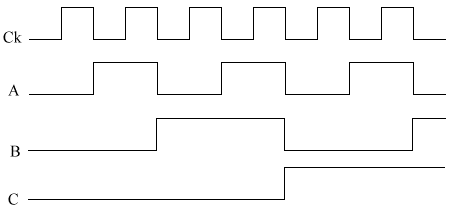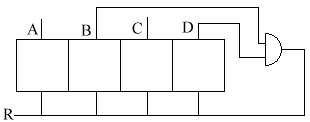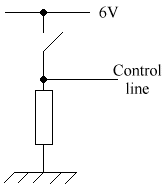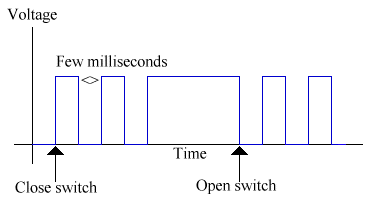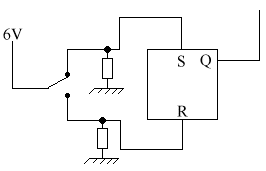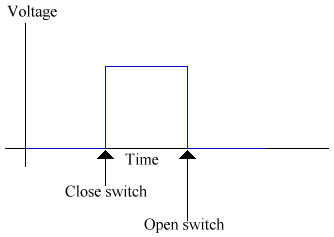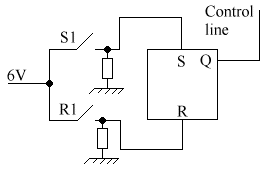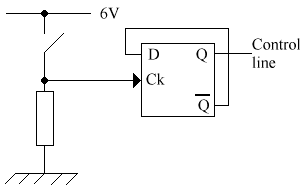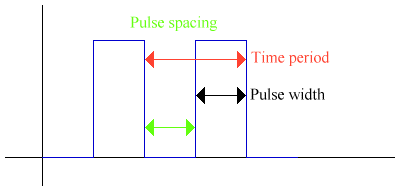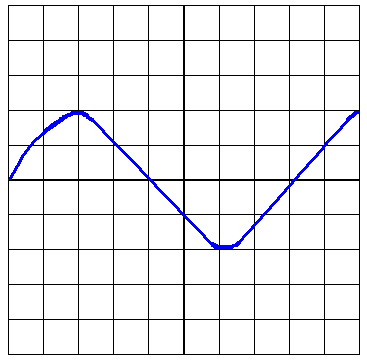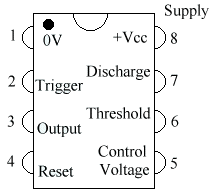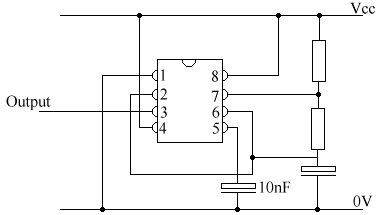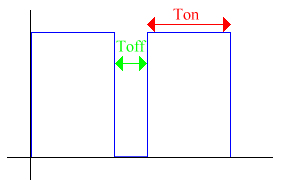This is advanced logic - if you don't know about the normal logic, you don't have a
hope of understanding this. So go & get acquainted by clicking here.If you feel you already
understand logic, or are too stubborn to take my advice, then continue. From now on, it
gets a little more complicated.
The latch is a handy piece of logic & circuitry to know - but it's very confusing
if you try to figure it out. It's easier to explain if we use an example. So let's use a
burglar alarm.
OK. You are a person who has decided to create a burglar alarm for his house. You're
going to get it to trigger by placing a touchpad under the doormat, that gives a logic 1
when trodden on. You've already designed the logic circuit to set the alarm off if the
circuit receives a logic 1 from the touchpad AND a logic 1 from the control panel when it
is set (another system that you have already designed). So you wire up your ciruit, set
it, and go out. By an astonishing coincidence, a burglar breaks in. And by another
astonishing coincidence, the burglar breaks in using the door. he takes a step in, &
treads on the touchpad. Your AND circuit will give a logic 1, and set the alarm off.
"Oh dear" thinks the burglar, and he runs off.
As soon as he takes his foot off the pad, the logic gate will automatically give a logic
0, because it no longer recieves a logic 1 from both inputs. Thus the alarm promptly turns
itself off. "Yipee!" thinks the burglar, steps over your doormat, and rids you
of your worldly possessions.
So, how do you prevent this happening? You need the alarm to stay on when the AND gate
gives a 0 when it was previously given a 1. You do this using a latch, which will 'latch
on' when there is a logic 1 to it. It's a bit like those switches, which stay down until
you press it again. Before we look at the two types of latch, you must learn about a new
symbol - Q with a bar over it. I can't type it, but you'll see it on the diagrams below.
It means NOT Q.
From NOR gates
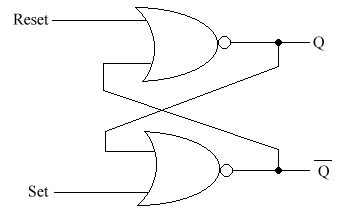
If R = 1 & S = 0 then Q = 0, ie. It is reset.
If R = 0 & S = 1 then Q = 1, ie. It is set.
If R = 0 & S = 0 then Q can be either 0 or 1, depending on whether R or S was
previously equal to 1. This is known as the memory state.
From NAND gates
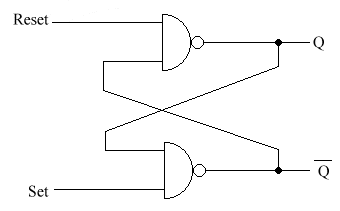
If R = 1 & S = 1 then Q = 0 or 1 - it is in the memory state.
If R = 0 & S = 1 resets Q to 0
If R = 1 & S = 0 sets Q to 1
This is known as sequential logic. This means that the output value depend on the
previous states of the input.
The memory state stores the previous output. For example, if Q = 1 in a NOR gate from R
= 0 and S = 1, and then R & S were both set to 0, the output would remain 1. But if
the previous state was a 0, from a R = 1 and an S = 0, and then it was set to the memory
state, it would remain 0. This is how computer memory works.
The Memory Register

Before we get into this, the little circles with a cross inside them are
indicators.They're just symbolic representation - don't use them in cicuit diagrams. The
only reason they're used here is for simplicity. All the S's are the Sets.
In this, we are using 4 bistables. We want to remember the number 5, which in binary
(if you don't understand binary, click here)
is 0101. What do we have to do to set it to 0101? The not very perceptive would say that
you apply a logic 1 to S0 &S2. But what if S1 & S3 were previously set to 1? Then
your circuit will read 15. Which is not what we want. So, we have to reset all bistables,
apply logic 1 to S0 & S2, and set all the S's to 0.
The D-Type (Data Type) bistable

This is also sometimes known as a flip-flop. It has a couple of new things that you
haven't seen before: A clock (Ck) & a Data (D) input. Q will become equal to D on the
falling edge of the clock pulse (ie. When the Ck goes from 1 to 0).
The timing diagram.
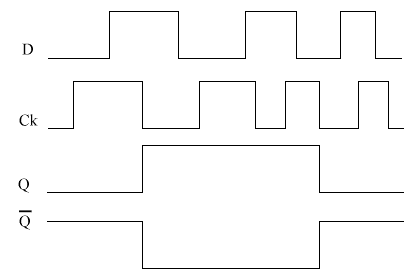
We draw in the Ck & the D, and presume that Q starts at 0. We then draw the
predictions (See example below).
What happens if Q bar is connected to D?
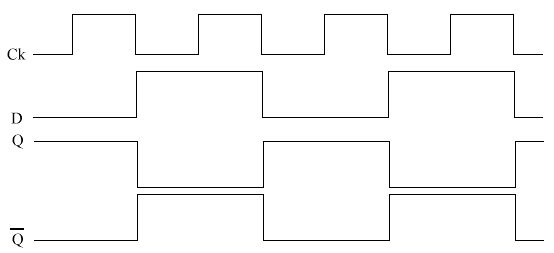
What happens is that whenever Ck goes from 1-0, Q changes state. This is known as a
toggle. Note that this is happening at half the frequency of the clock.
Counting circuit
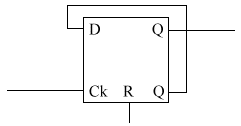
As many of these blocks can be added as neccessary(see below).

The Binary up counter











